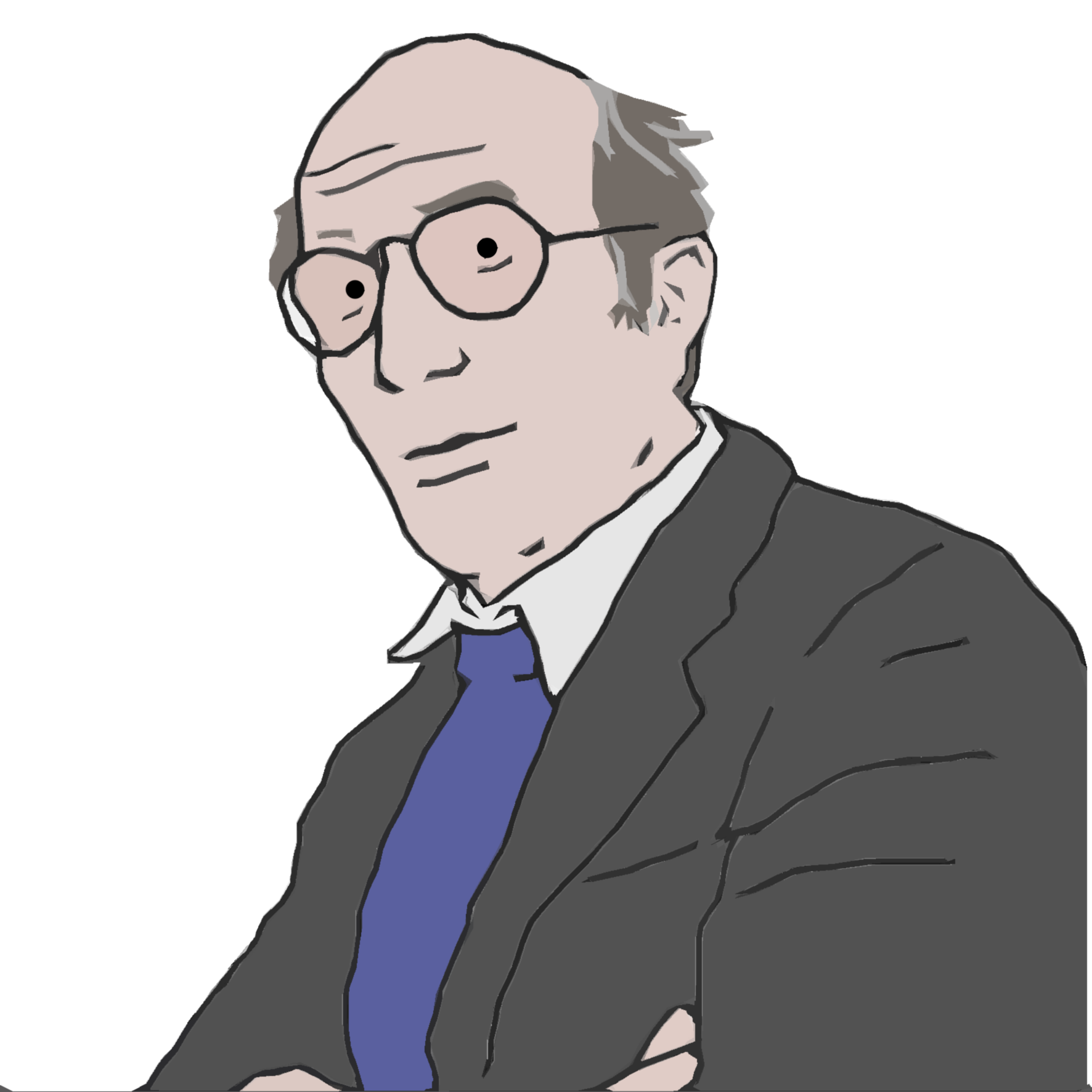„Społeczeństwo nie składa się z ludzi, składa się z międzyludzkich układów komunikacyjnych.”
Źródło: Teoria polityczna państwa bezpieczeństwa socjalnego
Niklas Luhmann – niemiecki socjolog.

„Społeczeństwo nie składa się z ludzi, składa się z międzyludzkich układów komunikacyjnych.”
Źródło: Teoria polityczna państwa bezpieczeństwa socjalnego
Źródło: Teoria polityczna państwa bezpieczeństwa socjalnego.
Źródło: Teoria polityczna państwa bezpieczeństwa socjalnego
Źródło: Art As a Social System (2000), p. 102.
Luhmann (1988) "How can the mind participate in communication" In: Hans Ulrich Gumbrecht et all. (Ed.) Materialities of Communication. p. 371 ( link http://books.google.nl/books?id=WDmrAAAAIAAJ&pg=PA371).
Luhmann (1982) The Differentiation of Society, Translated by Stephen Holmes and Charles Larmore. Columbia University Press, New York, 1982, pp. 261. Cited in: Loet Leydesdorff (2000) " Luhmann, Habermas, and the Theory of Communication http://www.leydesdorff.net/montreal.htm".
Luhmann (1991) “Wie lassen sich latente Strukturen beobachten?,” in Paul Watzlawick, Peter Krieg (eds.), Das Auge des Betrachters: Beiträge zum Konstruktivismus. Festschrift für Heinz von Foerster, Piper, München-Zürich, p. 71; cited in: Heinz von Foerster (1993) " For Niklas Luhmann: “How Recursive is Communication?” http://e1020.pbworks.com/f/fulltext-2.pdf". Translated by Richard Howe.
Źródło: Art As a Social System (2000), p. 146 as cited in: Astonishment And Recognition http://unrealnature.wordpress.com/2012/01/26/astonishment-and-recognition/ on unrealnature.wordpress.com, January 26, 2012.
Źródło: Art As a Social System (2000), p. 5 as cited by Andrew E. McNamara (2010) "Visual acuity is not what it seems : on Ian Burn's 'Late' reflections". In: Ann Stephen (Ed.) Mirror Mirror http://sydney.edu.au/museums/pdfs/Art_Gallery/mirror_mirror_catalogue.pdf.
Źródło: The reality of the Mass Media (2000), p. 103.
Źródło: Art As a Social System (2000), p. 145.
Źródło: The reality of the Mass Media (2000), p. 106 as cited in: John Downin (2004) The SAGE Handbook of Media Studies. p. 234.
Źródło: Art As a Social System (2000), p. 54 as cited in: Pamela M. Lee (2004) Chronophobia: On Time in the Art of the 1960's. p. 66.
Źródło: The reality of the Mass Media (2000), p. 117.